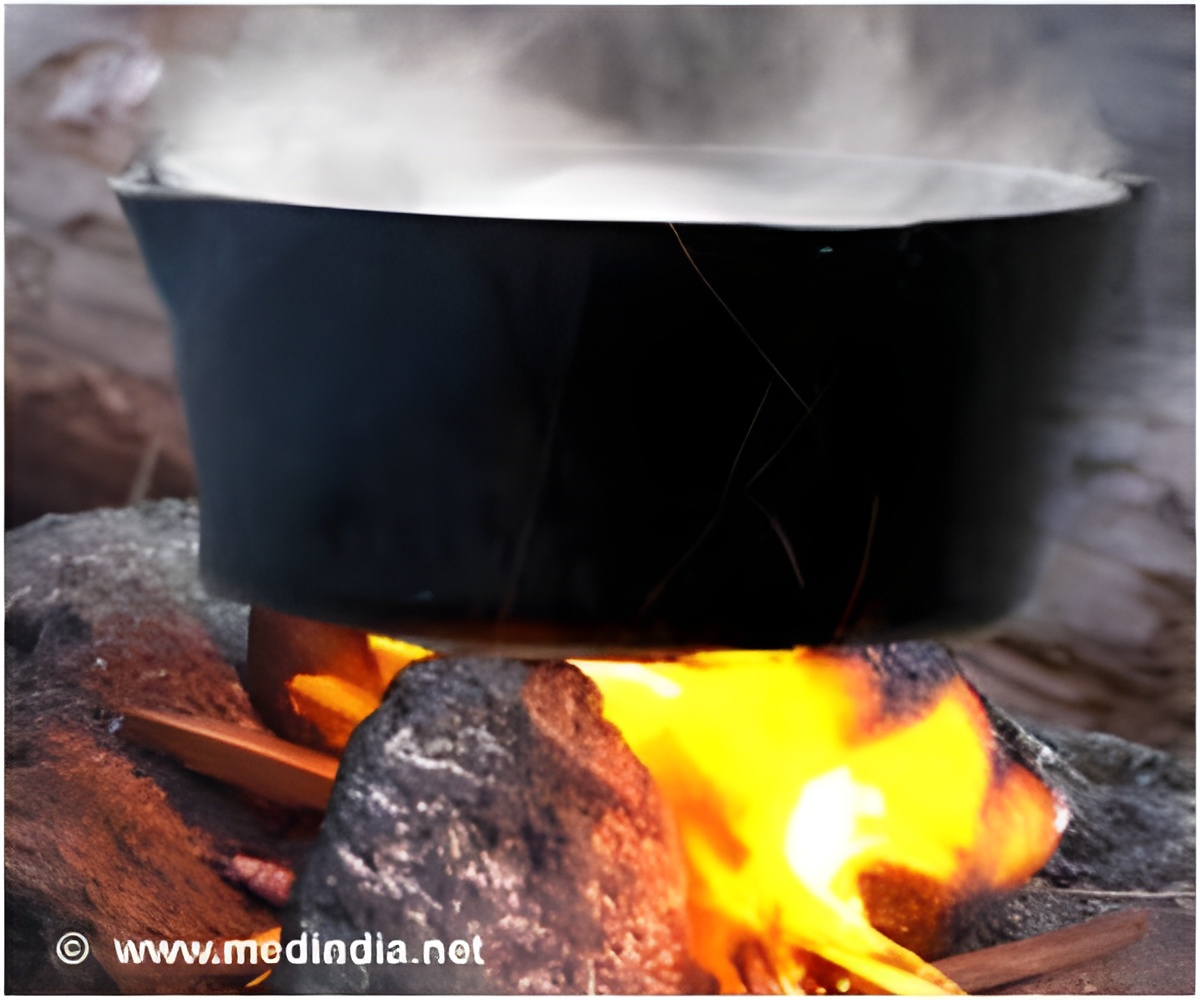A US researcher whose study of hunter-gatherers in Africa suggests fireside chats helped shape human culture says that what Bushmen talk about by night differs greatly from what they discuss by day.

The study in the Proceedings of the National Academy of Sciences was based on notes Wiessner took in 1974 on 174 nighttime conversations at two !Kung camps in northwest Botswana (the !/ symbols represent click sounds in their language).
She also reviewed digital recordings and translations of 68 firelight stories, captured during three visits to !Kung villages in Botswana and Namibia in 2011-2013.
During the day, people mainly complained and gossiped (34 percent of conversations), talked about money, trade or hunting for food (31 percent), and joked (16 percent). Only six percent of daytime talk involved storytelling.
But by night, 81 percent of conversations revolved around stories. Economic matters fell to four percent of conversations, and complaints or criticism to seven percent.
"At night, people really let go, mellow out and seek entertainment," said Wiessner.
Advertisement
Topics of fireside talks included hunting and fights over meat, as well as murder, times when someone's truck broke down or when people were chased by animals.
Advertisement
"Stories contained little environmental information, although they almost always described what people were eating at the time of the event," said the study.
Songs, dance and trance-healing sessions were also typical events at nighttime gatherings at which five to 15 or more people attended.
The people often used the gatherings to imagine what their far-flung connections were doing -- either people living at a distance or beings in the spirit world.
Our ancestors are believed to have learned to sporadically control fire a million years ago, and its regular use for heat and cooking began about 400,000 years in the past, said the study.
"Stories are told in virtually all hunter-gatherer societies; together with gifts, they were the original social media," it said.
"When the night appears to have really mattered was for the extension of cultural institutions over time and space to link individuals from different bands into larger 'imagined communities'."
Wiessner added that "mundane" chats often filled the spaces in conversation, with topics ranging from sick children to food to a thorn in the foot.
Larger groups tended to inspire gossip and good storytellers, while conversations among women playing with small children were "fragmented and hard to follow," she wrote.
Source-AFP










